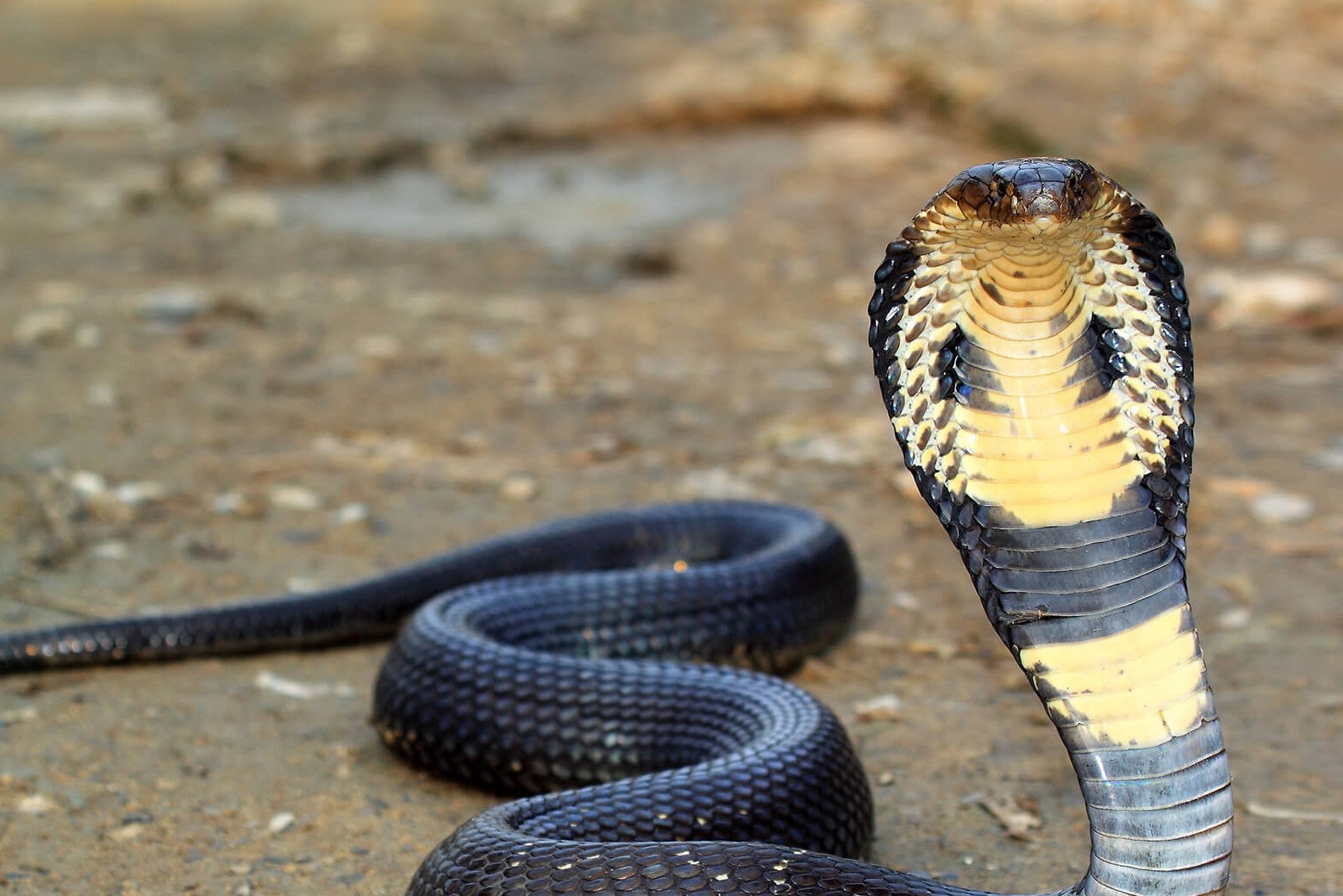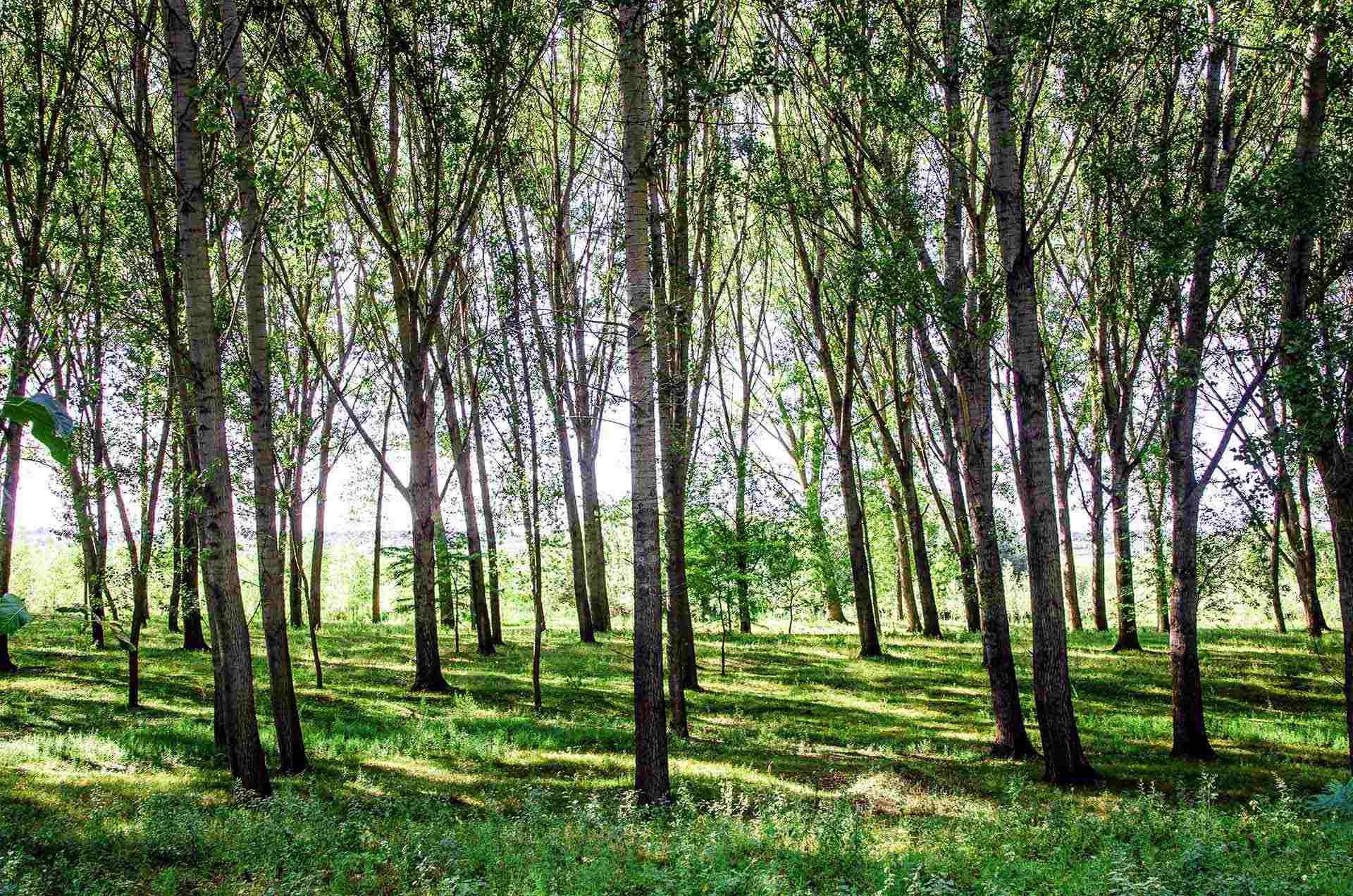
When it comes to the world of snakes, one creature stands out with its striking appearance and deadly reputation – the cobra. Known for its iconic hood and venomous bite, the cobra has fascinated and intrigued people for centuries. But beyond its popular image, there are many surprising facts about this intriguing serpent that often go unnoticed.
In this article, we will delve into the world of cobras and uncover eight surprising facts that will leave you amazed. From their unique defensive behaviors to their exceptional hunting abilities, cobras truly are remarkable creatures. So, get ready to embark on a journey of discovery and gain a deeper understanding of these slithering serpents.
Key Takeaways:
- Cobras are deadly snakes with venom that can cause paralysis and even death. They can also control the amount of venom they inject, and they have a unique defensive mechanism called “hooding.
- Cobras have remarkable hunting skills, surviving for months without food and striking at an incredible speed of up to 12 miles per hour. They also play a significant role in various cultures and mythologies.
The Cobra is one of the deadliest snakes in the world.
The Cobra, scientifically known as Naja, is renowned for its venomous bite and intimidating appearance. Its venom contains a powerful neurotoxin that can cause paralysis and even death in its prey.
Cobras have a unique defensive mechanism – the ability to “hood.”
When a Cobra feels threatened, it extends the skin flaps on its neck, known as a hood, to appear larger and more intimidating. This display serves as a warning to potential predators.
Cobras are excellent hunters with remarkable eyesight.
Cobras possess excellent vision, allowing them to spot prey from a distance. They primarily feed on rodents, birds, and other snakes, using their venom to quickly subdue and consume their catch.
There are different species of Cobras found worldwide.
While the Indian Cobra (Naja naja) is the most well-known, there are various species of Cobras inhabiting different regions across Africa, Asia, and the Middle East. Each species has its own unique characteristics and adaptations.
Cobras can control the amount of venom they inject.
Contrary to popular belief, Cobras can control the amount of venom they release when they bite. They can deliver a “dry bite” without injecting venom if they feel it is unnecessary or want to conserve their venom for hunting or self-defense purposes.
Cobras can survive for months without food.
Due to their slow metabolism, Cobras can survive for extended periods without consuming food. This adaptation allows them to endure harsh conditions and go without a meal for several months.
Cobras are known for their impressive striking speed.
The agility and speed with which a Cobra strikes its prey or defends itself are truly remarkable. They can strike at an incredible speed of up to 12 miles per hour, ensuring their success in capturing their target.
Cobras play a significant role in various cultures and mythologies.
Cobras have long been associated with different cultures and mythologies. In some regions, they are considered sacred, symbolizing fertility, protection, or wisdom. They are often depicted in ancient art, folklore, and religious symbolism.
In conclusion, these 8 surprising facts about Cobras highlight their deadly nature, unique adaptations, and cultural significance. From their venomous bite to their striking speed, Cobras continue to captivate and intrigue both scientists and enthusiasts alike. The diverse species and fascinating behaviors of these snakes make them truly extraordinary creatures in the animal kingdom.
Conclusion
In conclusion, cobras are fascinating and mysterious creatures that possess several surprising qualities. From their ability to spit venom with deadly accuracy to their unique hooded appearance, these serpents have captivated human attention for centuries. The fact that cobras can swim and climb trees adds to the intrigue surrounding their behavior and lifestyle. With their potent venom and impressive speed, they are both feared and respected in the animal kingdom. Despite their dangerous reputation, cobras play an essential role in their ecosystems by controlling rodent populations. Understanding and appreciating the remarkable traits of cobras can help us foster a greater respect for the diverse creatures that share our planet.
FAQs
Q: Where do cobras live?
A: Cobras are found in various regions across Africa and Asia, including India, Southeast Asia, and parts of the Middle East.
Q: Are all cobras venomous?
A: No, not all cobras are venomous. However, many species of cobras possess potent venom that can be delivered through their fangs.
Q: How fast can a cobra strike?
A: Cobras can strike with lightning speed, reaching their target in less than a second.
Q: Can cobras spit venom?
A: Yes, some species of cobras have the ability to spit their venom accurately and with great force, targeting the eyes of potential threats.
Q: Do cobras build nests for their eggs?
A: No, cobras do not build nests. The female cobras lay their eggs in holes or burrows, and they typically do not provide any parental care.
Q: How long do cobras live?
A: The lifespan of cobras can vary depending on the species. On average, they live between 10 to 20 years in the wild.
Q: Are cobras social animals?
A: Cobras are typically solitary animals and prefer to live and hunt alone. However, during the mating season, males may compete for the attention of females.
Q: What is the purpose of a cobra’s hood?
A: A cobra’s hood serves as a warning signal to potential threats. When a cobra feels threatened, it spreads its hood to appear more prominent and intimidating.
Cobras are truly remarkable creatures, but did you know there's even more to learn about specific species? Explore the astonishing abilities of forest cobras, which can grow up to 10 feet long. Discover how Mozambique spitting cobras accurately target their venom at predators' eyes from several feet away. And uncover the surprising truth behind false cobras, which mimic their venomous counterparts to avoid danger. Each species has its own unique characteristics and adaptations that will leave you in awe of these incredible reptiles. So, keep reading to satisfy your curiosity and expand your knowledge about the world of cobras!
Was this page helpful?
Our commitment to delivering trustworthy and engaging content is at the heart of what we do. Each fact on our site is contributed by real users like you, bringing a wealth of diverse insights and information. To ensure the highest standards of accuracy and reliability, our dedicated editors meticulously review each submission. This process guarantees that the facts we share are not only fascinating but also credible. Trust in our commitment to quality and authenticity as you explore and learn with us.


